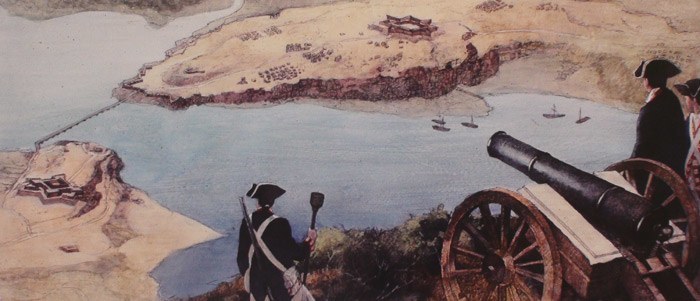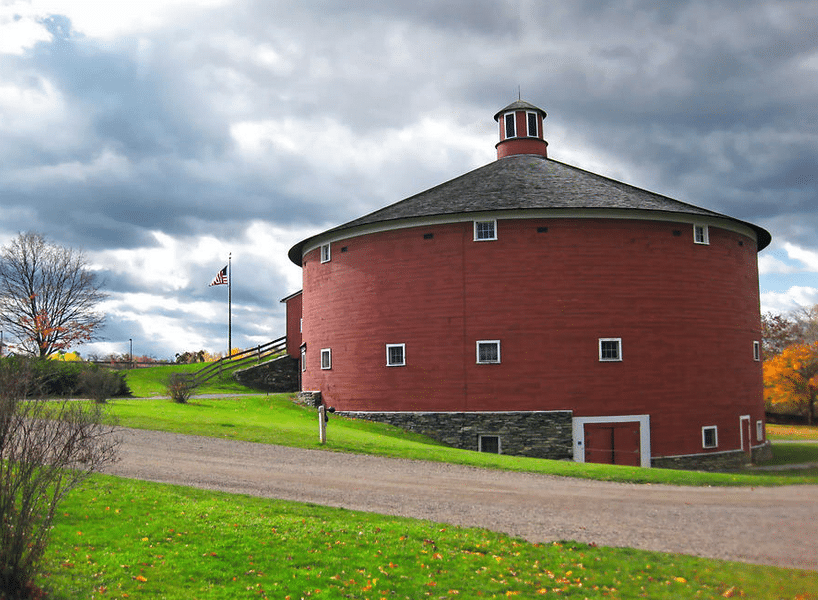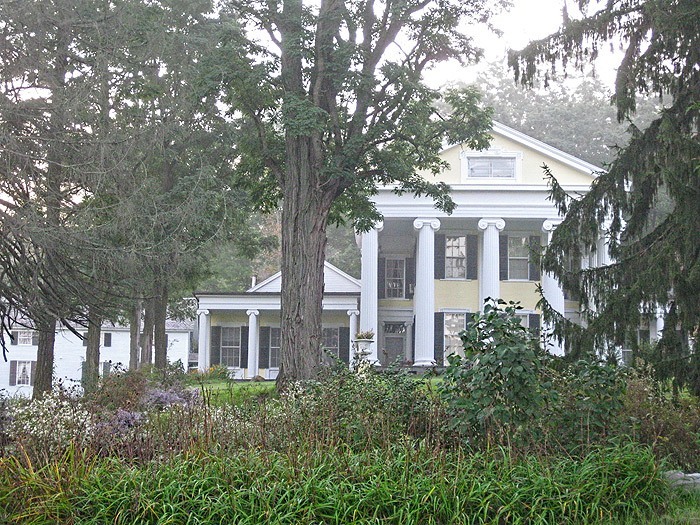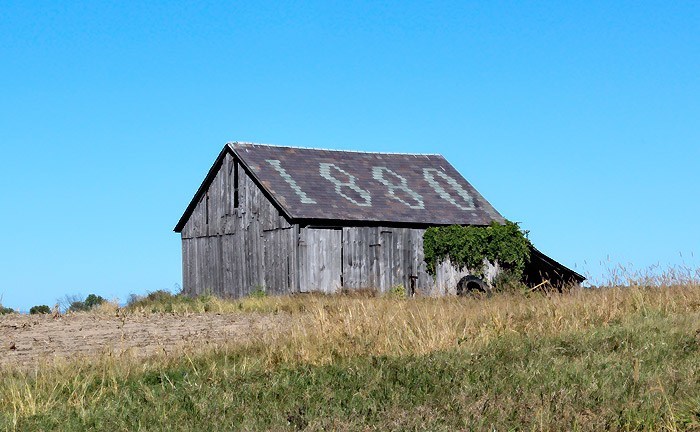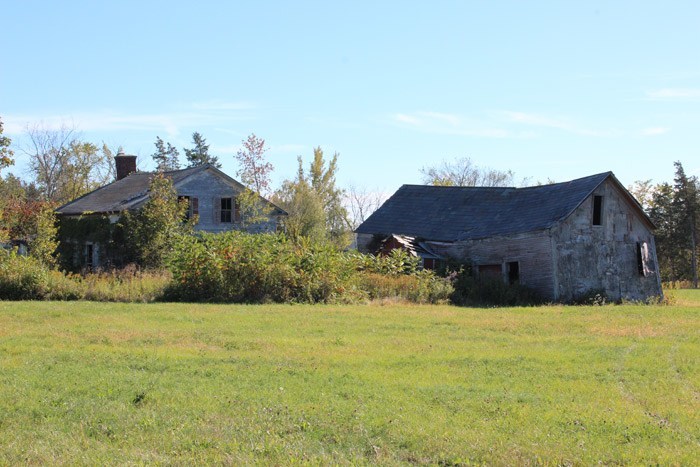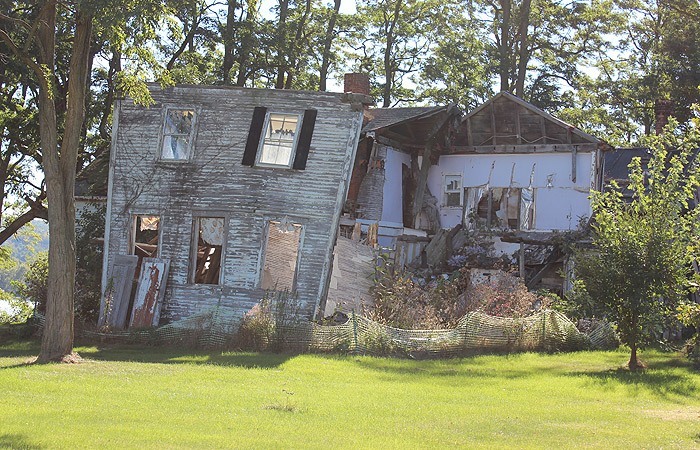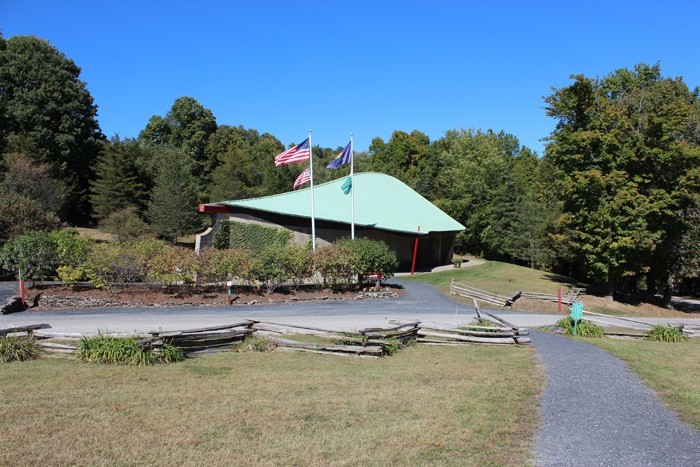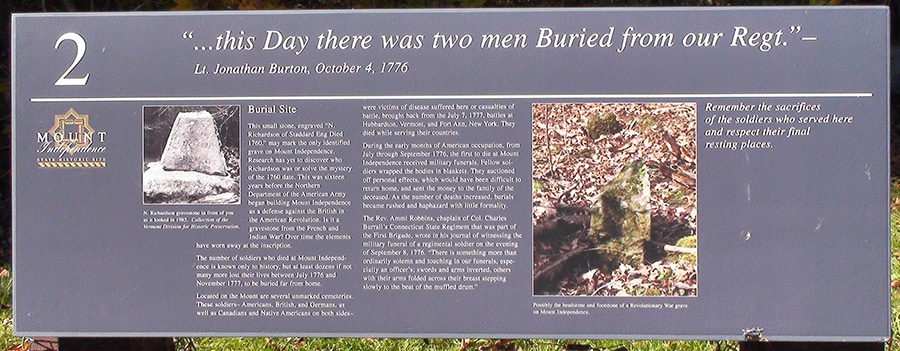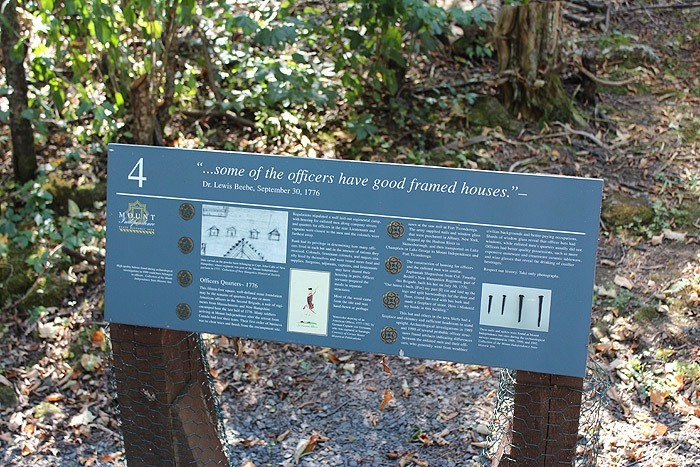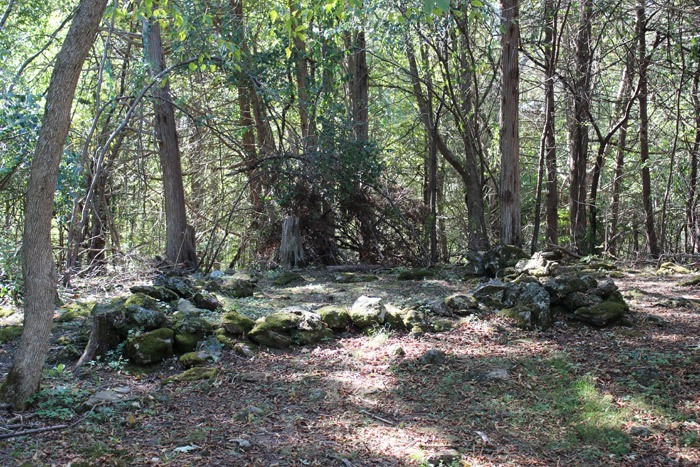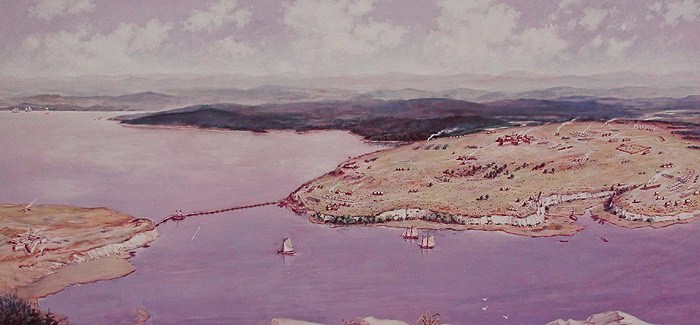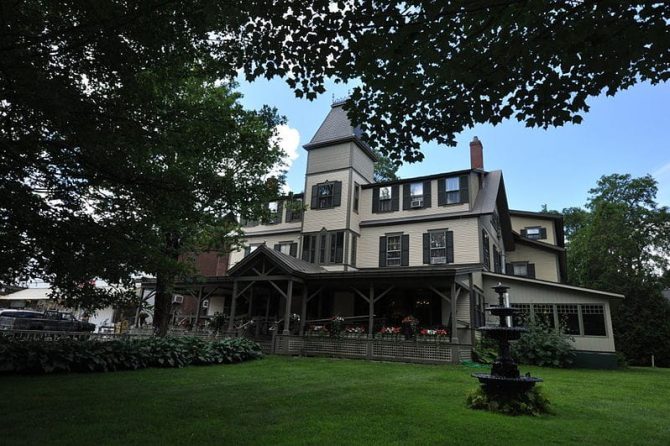One of Northwest Vermont's most scenic road trips with Burlington as a starting point, heading south towards Shelburne, is never boring. Even if you make the trip every day, the ride is a pleasure. Half the fun of getting to a destination is the ride along the way! So, let's get started on a trip to Mount Independence.
Vermont's Hidden Gem: Adventure and History Awaits at Mount Independence
Whether it's a beautiful summer day or a cool autumn breeze heralding things to come in the autumn months, a drive down Route 7 and 22a is the perfect way to enjoy a lazy Sunday afternoon (or any other time).
Shelburne Museum is a must and worth multiple visits from the time it fully opens in the Spring right through Summer and Fall. Autumn is an especially great time to enjoy the museum.
In the autumn months, an essential stop on this journey is the Shelburne Orchards where apples are ripe for the picking and views of Lake Champlain and the Adirondacks are stunning. The aroma of cider doughnuts in the air are a tour de force to contend with, if you're watching your weight. Jump on a hay wagon for a ride down into the orchard. Make sure to grab some cider and a bag of apples that you pick yourself. After that, it's time to get back on Rte. 7 and continue the trek.
With Lake Champlain off in the distance, the views are simply spectacular as you leave Shelburne Village and cross over to the Charlotte town line.
Farms and vast, green Vermont meadows and fields abound in every direction. Majestic Lake Champlain and Adirondack mountain views on the right, as you head south along Rte 7, are awe inspiring to say the least.
Ollie the Camel – Rest in Peace
Passing through Charlotte and into Ferrisburgh, you'll notice a farm on the right that used to be the home of Ollie the Camel, a familiar though unusual sight along Rte. 7. After many years of seeing Ollie walking around, enjoying the attention, it's very hard to believe he's gone. RIP to a local icon and thanks for the memories!
Turning on to Rte. 22a into Vergennes, you'll want to be careful and obey the speed limits.
The town police are quite vigilant, particularly coming in and leaving town, so slow down. Rightfully so as there have been a number of serious accidents along Rte 22a, as you go farther south.
Passing through Shoreham and stop by the only mini-mart in town to grab a coffee, snack or fill up the gas tank. As a note just outside of town, going south at 22a, there is a house that looks very familiar if you've ever visited Shelburne Museum.
The house above is virtually identical to a similar building at Shelburne Museum. Even more interesting is that there is a third house of this design located on Main St in Castleton.
On the way to the town of Orwell and Mount Independence
Turning right down a road leading to Mount Independence (about 5 miles from Rte. 22a) you will see this old Vermont barn on the right. If the date on the roof is authentic, this is one very old barn.
Just another mile or so down the road, you will see a couple abandoned houses on the left.
This home was probably the remnants of a family farm that long ago faded into obscurity. As a matter of fact, I made a point of photographing both homes, wondering whether my friend Chad at Obscure Vermont had ever investigated either of them. I always wonder what the “story” is behind these homes and why the families left them behind to decay into oblivion.
This home was literally falling down and seemed a particularly dangerous location. It was odd that there was a newer home right next to it. Why it hadn't been torn down for safety reasons was a question that was both intriguing and surprising.
Arriving at Mount Independence, one of the nation’s most significant Revolutionary War sites
The visitor's center at Mount Independence is your first stop to purchase tickets, browse through the books and gift shop and enjoy an animated presentation.
- Historical Site Overview: Mount Independence, managed by Vermont's Division for Historic Preservation, is a state historic site with a museum open year-round. It's in Orwell, Vermont, and was a strategic location during the American Revolution.
- Revolutionary War Significance: In 1776, retreating Americans from Canada chose Mount Independence for its defensive advantage. The peninsula pointed north, ideal for countering British forces from that direction. It was opposite Fort Ticonderoga, another key location.
- Defensive Features: The site had high cliffs and was surrounded by water, making it a strong defensive position. A significant feature was a bridge constructed across the channel, initiated by Colonel Jeduthan Baldwin in early 1777, using log caissons filled with rocks.
- Historical Population: At its peak, the site hosted around 12,000 soldiers, making it one of the largest population centers in America at the time. However, the bridge and the site were abandoned in July 1777 as British forces advanced.
- Visiting Today: Visitors can see artifacts from archaeological excavations, and the site offers six miles of walking and hiking trails, including one that's handicapped accessible. While the museum operates seasonally, the grounds are open throughout the year.
This historic destination is one of the nation’s most significant Revolutionary War sites, offering six miles of trails along the archaeological remains of the fortification.
In 1776, 10,000 brave American's took up arms at Mount Independence to fight against the world’s most powerful military.
Mount Independence, a strategic site on Lake Champlain, played a vital role during the American Revolutionary War. Once a thriving community and military base, Mount Independence has an intriguing history. In this episode of This Place in History, Steve Perkins, Executive Director of the Vermont Historical Society, joins ABC 22 & Fox 44's Mike Hoey to uncover the stories of those who called Mount Independence home.
From July 1776 to July 1777, the fate of the newly independent United States of America rested on this rocky peninsula on the east side of Lake Champlain, located in what is today Orwell, Vermont. Read more about the history at the official State of Vermont website.
If you visit the site and walk along the trails, you will see a number of informational signs about Mount Independence, the people and events that took place there and the remnants of what they left behind.
Although, there isn't much left to see other than the remainders of stone foundations, the walking trails are both easy and enjoyable. It's difficult to imagine what Mount Independence must have looked like back in the 1700's when battles were fought and people did their best to live there.
One of the most impressive things to see when visiting Mt Independence are the views of Fort Ticonderoga. During the 1700's there was actually a bridge made of logs, that connected Mount Independence to access to Fort Ticonderoga but that too, is now lost to time.
The trip to Mount Independence has become somewhat of an annual tradition. It simply is a great place to visit and enjoy any time of year but late summer and fall are my favorite times to visit this special place. With that said, I will probably be going back for one more visit when fall foliage is at it's peak and before a long, cold Vermont winter sets in.
Thank you for visiting Vermonter.com! Please subscribe to our email list for the latest articles!

